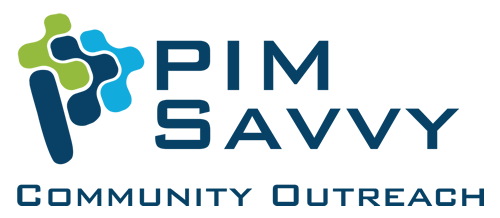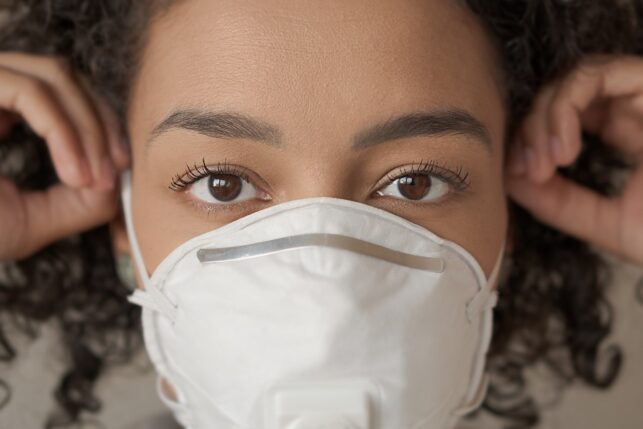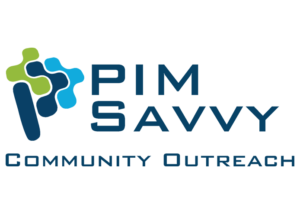The American Lung Association estimates an average adult breathes in just over 2,000 gallons (7,570 liters) of air per day. This number can increase to over 2,600 gallons of air when someone is involved in rigorous physical activity. Construction workers are no stranger to intense physical labor. This well-known fact along with the tools, equipment and machinery construction workers use on a daily basis puts them at a higher risk for inhaling numerous types of chemicals in the air known as airborne contaminants. According to the Washington State Department of Labor and Industries, “airborne contaminants require additional safety measures when workers’ exposures are above the regulated limit for the chemical (called a permissible exposure limit or PEL).” Over-exposure to these types of contaminants is dangerous and could cause respiratory diseases such as asthma, certain types of cancers, chronic obstructive pulmonary disease (COPD), mesothelioma, and silicosis.
The Occupational Safety and Health Administration states, “employers are required to identify and evaluate the respiratory hazard(s) in their workplaces. Various types of Occupational Exposure Limits (OELs) have been established by a number of organizations and are listed on many of OSHA’s Safety and Health webpages on chemical hazards and toxic substances.” See Chemical Hazards and Toxic Substances – Overview | Occupational Safety and Health Administration (osha.gov) for an explanation of some of the different levels.
There are hundreds of chemicals and substances classified as airborne contaminants. Construction workers could come into contact with one or more of these contaminants every day. Common airborne contaminants include carbon monoxide, carbon dioxide, acetone, ethanol, asbestos, concrete/cement dust and silica. Biological agents such as bacteria, viruses or fungi are also considered airborne contaminants. The importance of identifying and limiting exposure to these types of contaminants is crucial to protect workers and their health.
Different states and forms of airborne contaminants
Airborne contaminants come in different forms, and it’s important to be familiar with all of them:
- Aerosols – Liquid substances, such as disinfectants, sealed in a metal container under pressure with an inert gas or other activating agent and released as a spray or foam through a push-button valve or nozzle.
- Dusts – Solid particles suspended in air. Dusts are generated by handling, drilling, crushing, grinding, rapid impact, detonation, or decrepitation of organic or inorganic materials such as rock, ore, metal, coal, wood, grain, etc.
- Fibers – Fine, threadlike pieces, such as cotton, jute, asbestos, or filaments.
- Fogs – A cloudlike mass or layer of minute water/liquid droplets.
- Fumes – Solid particles suspended in air, generated by condensation from the gaseous state, generally after volatilization from molten metals, etc.
- Gases – A normally formless fluid which can be changed to the liquid or solid state by the effect of increased pressure or decreased temperature or both.
- Mists – Liquid droplets suspended in air, generated by condensation from the gaseous to the liquid state or by breaking up a liquid into a dispersed state, such as by splashing, foaming, spraying, or atomizing.
- Smoke – The visible vapors and gases given off by a burning or smoldering substance, especially the gray, brown, or blackish mixture of gases and suspended carbon particles resulting from the combustion of wood, peat, coal, or other organic matter.
- Sprays – Water or other liquids broken up into minute droplets and blown, ejected into, or falling through the air.
- Vapors – The gaseous form of a substance that is normally in the solid or liquid state.
Controlling exposures to hazards in the workplace, including airborne contaminants, is vital to protecting workers. According to The National Institute for Occupational Safety and Health (NIOSH), the hierarchy of controls is a way of determining which actions will best control exposures. The hierarchy of controls has five levels of actions to reduce or remove hazards. The preferred order of effectiveness is:
- Elimination: Completely remove the hazard. This is the most effective way to control a risk.
- Substitution: Replace the hazard with something that is less hazardous.
- Engineering controls: Use engineering methods to isolate people from the hazard, e.g., exhaust ventilation. Note that the use of ventilation to control exposures is not without its problems, however.
- Administrative controls: Change the way people work to reduce the risk.
- Personal protective equipment: Worn to minimize exposure to hazards.
Using this hierarchy can lower worker exposures and reduce risk of illness or injury.

Remember, the idea is that you would try to use the controls at the top of the list above before moving on to try to use the controls further down the list.
Employers should not rely on PPE alone to control airborne contaminant hazards when other effective control options are available.
Examples of control methods:
- Use chemicals with a lower evaporation rate.
- Change processes to decrease emissions (the production and discharge) of airborne contaminants.
- Separate employees from exposure areas and emission sources.
- Properly ventilate areas with increased exposure.
- Utilize employee rotation.
- Use proper PPE such as respirators, masks, and/or goggles.
For a full list of chemicals and substances categorized as airborne contaminants, see the Permissible Exposure Limits PELs for Airborne Contaminants list and the most current edition of the NIOSH Registry of Toxic Effects of Chemical Substances.
Resources
American Lung Association | How Your Lungs Get the Job Done
Chapter 296-841 WAC | Airborne Contaminants
Centers for Disease Control and Prevention | Hierarchy of Controls
Washington State Department of Labor and Industries | Chemical Safety Basics
Occupational Safety and Health Administration | Chemical Hazards and Toxic Substances



